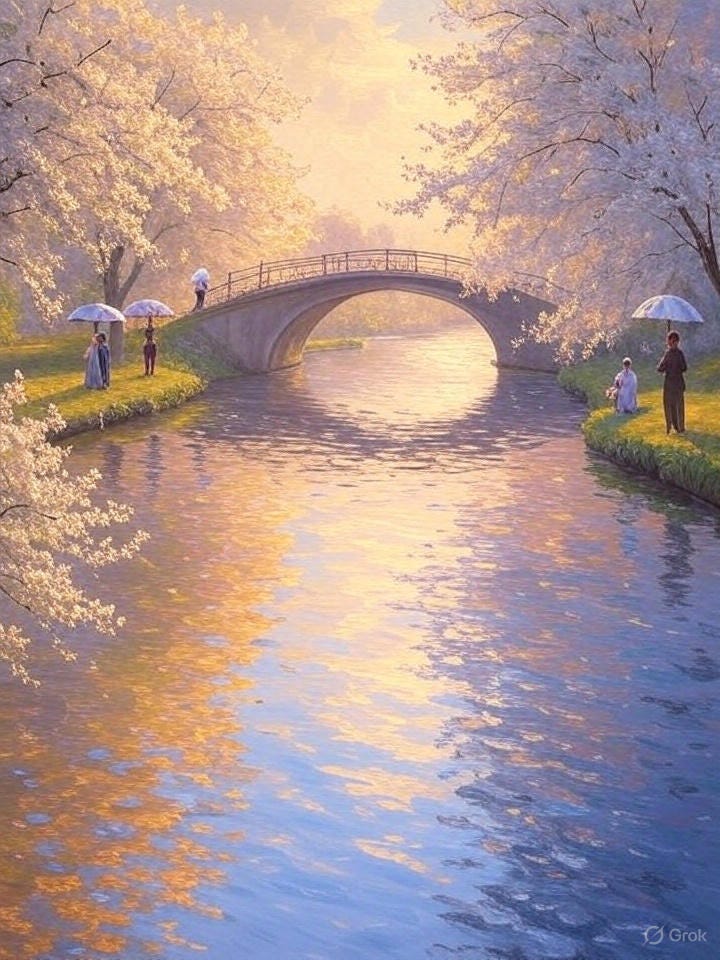
The 19th century wasn’t just puffing steam and inventing weird hats. It was a creative furnace, churning out thinkers, builders, and rule-breakers who sparked revolutions — electrical, artistic, literary, and biological. Let’s meet three visionaries whose imaginations didn’t just shape their century — they rewired the world.
Thomas Edison
Known for: Inventing the phonograph, the practical light bulb, and motion pictures
Impact: Edison didn’t just invent gadgets — he built systems. Electric light required power grids. Movies needed cameras, projectors, and studios. He didn’t just create products; he created entire industries.
Awards: French Legion of Honour, Congressional Gold Medal
Fame/Fortune: Famous in his lifetime, wealthy, and fiercely protective of his patents
Collaborators: Nikola Tesla (briefly… then infamously), and a team of engineers at Menlo Park
Art: His early films, like The Kiss and Electrocuting an Elephant, are — let’s say — memorable.
Fun Fact: He once quipped, “Genius is 1% inspiration and 99% perspiration.” That might also describe how long his lab assistants worked.

Charles Darwin
Known for: The theory of evolution via natural selection
Impact: Darwin turned biology upside down and redefined how we see life itself. On the Origin of Species was as world-shaking as any war.
Awards: Copley Medal, Royal Medal
Fame/Fortune: Famously shy, he published only after Alfred Russel Wallace developed similar ideas. His work was both celebrated and controversial.
Collaborators: Francis Galton (cousin), Alfred Russel Wallace (independent co-developer of natural selection theory)
Art: Not directly, but Darwin has been featured in everything from Victorian portraits to pop-culture memes.
Fun Fact: He spent years studying barnacles before publishing his big idea. Now that’s dedication.
Mary Shelley
Known for: Writing Frankenstein, often considered the first science fiction novel
Impact: Shelley invented a genre, questioned the morality of invention, and gave the world its first literary mad scientist.
Awards: None (the 1800s weren’t big on giving literary awards to teenage girls)
Fame/Fortune: Widely read in her time, though only fully recognized later for her pioneering genius
Collaborators: Percy Bysshe Shelley (husband), Lord Byron (he started the writing challenge that led to Frankenstein)
Inventions: Not mechanical, but she basically invented speculative fiction
Art: Her creature has inspired a century of adaptations — from Boris Karloff’s classic look to reimaginings in Penny Dreadful
Fun Fact: She wrote Frankenstein at age 18 during a stormy summer made freakishly cold by a volcanic eruption in Indonesia (Mount Tambora, 1815)

Final Thoughts
The 1800s weren’t about “one big idea” — they were about creativity that collided, compounded, and went commercial. These creators weren’t working in a vacuum. They were reacting to, building on, and sometimes sabotaging one another. They didn’t just inspire — they sparked.
If you’re joining us mid-series, don’t miss the whirlwind tour that started it all:
Leave a comment: Which 1800s creator would you want to have dinner with? Who should have made the list? Follow for future episodes where the gears keep turning and the genius keeps glowing.

Art Prompt:
A dreamy riverside evening painted in the shimmering hues of Claude Monet. The scene unfolds with delicate brushwork and soft pastel tones, capturing an elegant bridge arching over gently rippling water. Blossoming trees frame the composition, their reflections dancing in the glassy surface below. Figures in soft-colored parasols stroll along the bank, bathed in golden twilight. The atmosphere is peaceful, nostalgic, and fleeting — like a memory brushed into being.